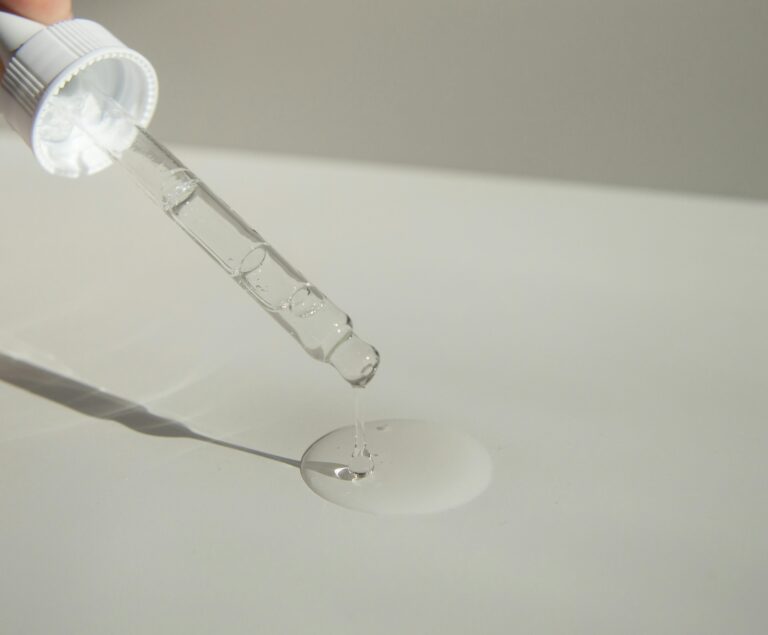We’ve all been there – staring at our reflection in the mirror, dismayed by the sight of split ends and lackluster hair. While it’s tempting to put off salon visits in favor of saving time or money, neglecting regular trims can have detrimental effects on the health and appearance of your hair.
In this article, we’ll delve into the importance of regular trims for maintaining healthy, vibrant hair.
The Role of Regular Trims
Regular trims are an essential component of a healthy hair care routine, helping to maintain the overall health and appearance of your hair. When left untrimmed, hair ends can become damaged and prone to splitting, resulting in a frayed and unkempt appearance.
By scheduling regular trims every 6-8 weeks, you can prevent split ends from progressing further up the hair shaft, preserving the integrity of your hair and preventing breakage.
Moreover, regular trims can also help to promote hair growth by removing dead and damaged ends, allowing new hair to grow healthier and stronger.
While trimming your hair may seem counterintuitive to achieving length, the removal of split ends actually promotes faster growth by preventing breakage and minimizing the need for frequent cuts to address damage.
Preventing Split Ends
Split ends are a common hair concern caused by a variety of factors, including heat styling, chemical treatments, and environmental damage. When the protective outer layer of the hair cuticle becomes damaged, the hair shaft can split, leading to frayed ends and a dull appearance.
Regular trims are crucial for preventing split ends from worsening and spreading further up the hair shaft, preserving the overall health and vitality of your hair.
By removing split ends before they have a chance to progress, you can maintain the integrity of your hair and prevent breakage, allowing your hair to look and feel their best.
Additionally, regular trims can help to minimize the need for more drastic measures, such as cutting off large sections of damaged hair, which can be disheartening for those striving to achieve longer hair.
Promoting Growth and Thickness
Contrary to popular belief, regular trims can actually help to promote hair growth and thickness by removing dead and damaged ends that can impede healthy growth. When split ends are left untrimmed, they can cause the hair shaft to weaken and break, leading to stunted growth and thinning hair.
By keeping your ends trimmed and healthy, you create a conducive environment for new hair growth, allowing your hair to reach their full potential in terms of length and thickness.
Additionally, regular trims can help to maintain the shape and structure of your hairstyle, ensuring that your hair look polished and well-maintained at all times.
Enhancing Overall Hair Health
In addition to preventing split ends and promoting growth, regular trims are essential for maintaining the overall health and vitality of your hair. By removing dead and damaged ends, you prevent split ends from traveling further up the hair shaft and causing more extensive damage.
This, in turn, helps to minimize breakage and shedding, allowing your hair to look and feel healthier and more resilient.
Moreover, regular trims can also improve the texture and manageability of your hair, making it easier to style and maintain on a day-to-day basis. Whether you prefer sleek and straight or voluminous and curly, keeping your ends trimmed ensures that your hair looks its best, no matter the style.
Conclusion
Regular trims are a non-negotiable aspect of a healthy hair care routine, essential for maintaining the overall health and appearance of your hair. From preventing split ends to promoting growth and enhancing overall hair health, scheduling routine salon appointments can make a world of difference in the vitality and vibrancy of your hair. Whether you’re striving for longer hair or simply want to keep your hair looking its best, don’t underestimate the importance of regular trims in achieving your hair goals.
FAQs
Q1: How often should I get a trim?
It’s recommended to schedule a trim every 6-8 weeks to maintain the health and appearance of your hair. However, the frequency of trims may vary depending on your hair type, texture, and styling habits.
Q2: Will trimming my hair make it grow faster?
While trimming your hair won’t directly affect the rate of hair growth, it can promote healthier growth by preventing split ends and breakage. By keeping your ends trimmed and healthy, you create a conducive environment for new hair to grow.
Q3: Can I trim my own hair at home?
While it’s possible to trim your own hair at home, it’s generally recommended to visit a professional stylist for best results. DIY haircuts can be tricky and may result in uneven or unintended results, so it’s best to leave it to the experts.
Q4: How can I tell if I have split ends?
Split ends are characterized by frayed or split ends of the hair shaft, often accompanied by a rough texture and lackluster appearance. If you notice these signs, it’s time to schedule a trim to prevent further damage.
Q5: Will trimming my hair make it shorter?
Trimming your hair removes only a small amount of length from the ends, so the overall effect on hair length is minimal. However, regular trims can prevent split ends from progressing further up the hair shaft, allowing your hair to grow longer and healthier over time.



